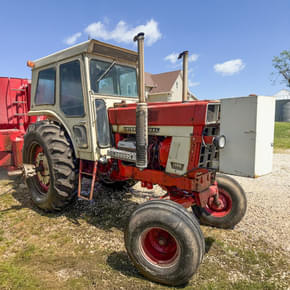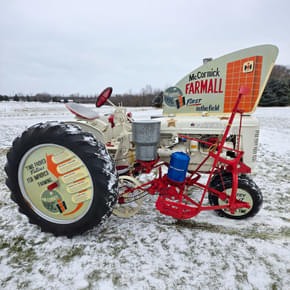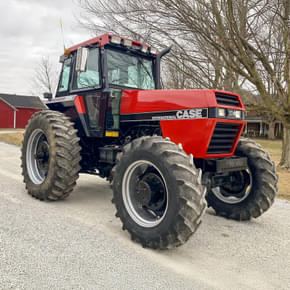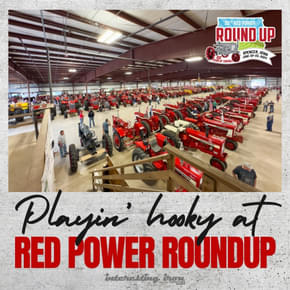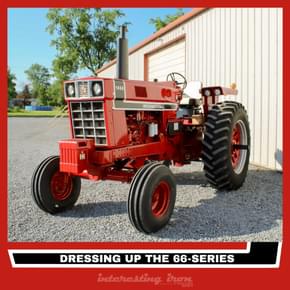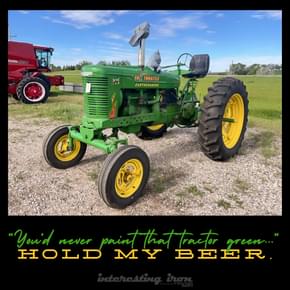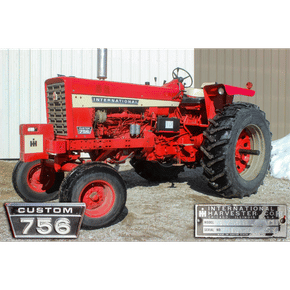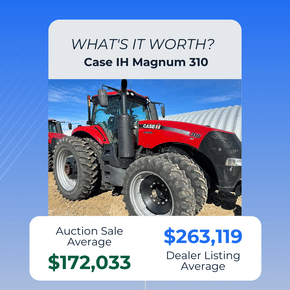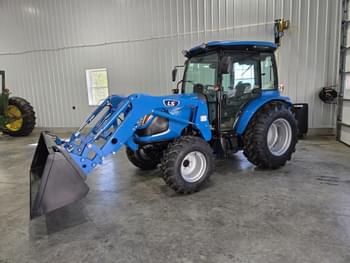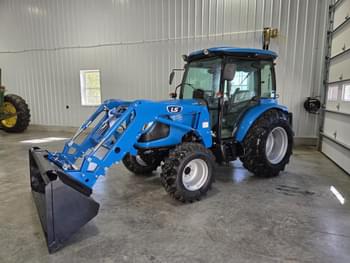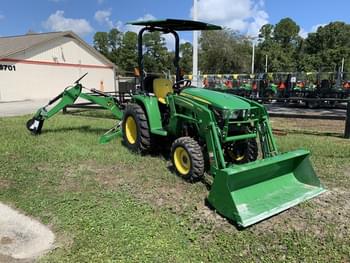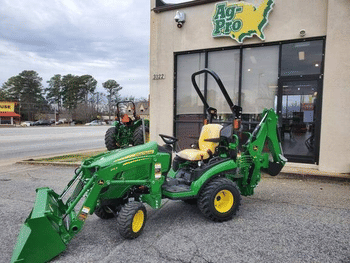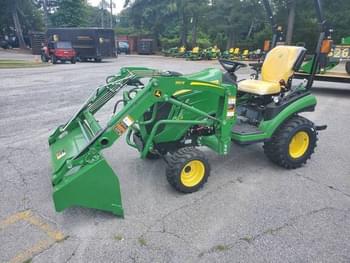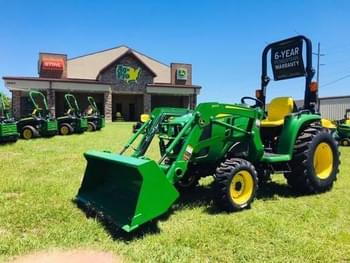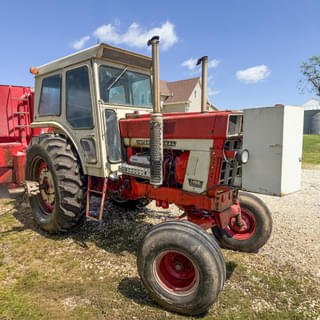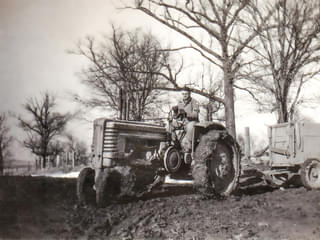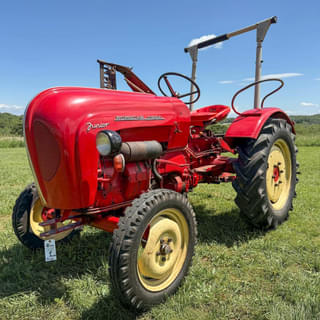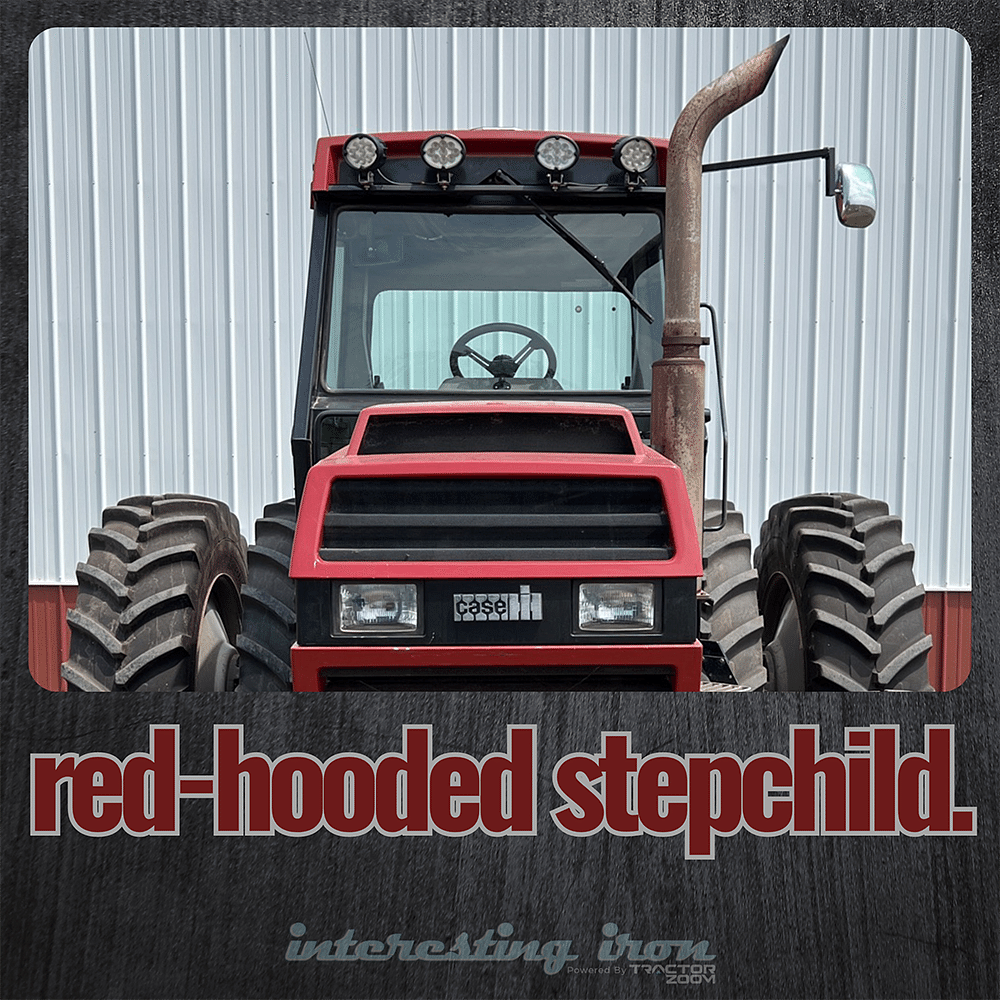
Let’s talk about the Case IH 3394…or as I call it, the red-hooded stepchild.
Some of you die hard red guys are already rolling your eyes and thinking, “Here we go again; he’s gonna try to convince me that these pieces of hot garbage were worthy of red paint.”
Ironically, some of you die hard Case guys are cringing too. You’re still mad that Racine willingly painted one of your tractors IH red and put Case IH decals on it. That was a new low, you’ve never forgiven them for it, and you’re annoyed that I’m bringing it up.
Yep, these tractors managed to make a whole bunch of people mad just because they existed (which in my opinion is really dumb – skip down to the end for my thoughts on that). They also managed to annoy a different group of people for other reasons (which we’ll get to).
Regardless, they hold a place in farming history, and since it’s my column, we’re going to talk about ’em. (Plus, there’s a nice one coming up on a retirement auction in Larchwood, IA at the end of next week.)
So let’s get to it!
Putting Snoopy to sleep…permanently.
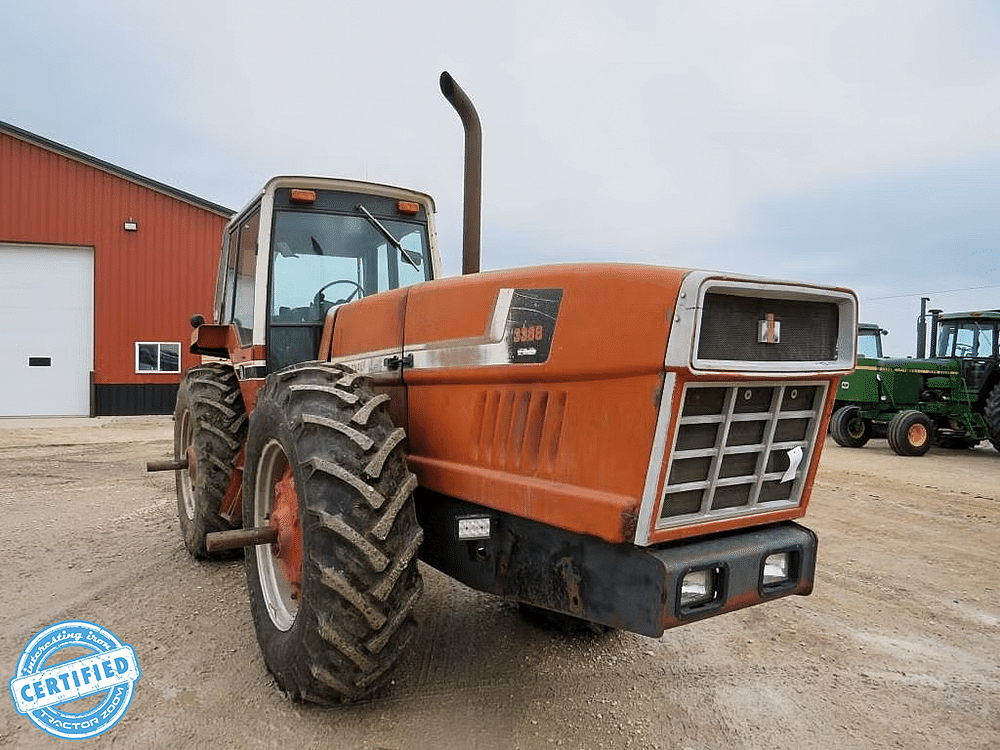
Almost as soon as the merger was announced between Case & IH in 1984, wheels were turning to get the Boxcar Magnums into production. That left the management team with a dilemma; both companies had stout competitors in the higher-horsepower rowcrop and 4WD market. Harvester had the Super 70s, and Case had the 94-series. What could they sell in the interim that didn’t need much refining?
The Super 70 Series was a very good tractor in my opinion, but the initial batch of 7288s and 7488s struggled to gain traction with farmers. They were spendy (and labor-intensive to build), and their style was polarizing. Farmers either loved or hated them. There was no in between. On the other hand, Case had a full-blown lineup of fairly stout fixed-frame 4WDs and an oddball full-time 4WD rowcrop tractor (the 3294) in the 94-series..
It didn’t really make sense to keep both lines afloat while the Magnum was being readied for production. Ultimately, the Super 70s got the axe, and Case started painting their tractors red. G’night, Snoopy.
For 1985, the 3294 was tweaked here and there, eventually being released as two different models – the 180hp 3394 and the 202hp 3594. Both had increased fuel and hydraulic capacity, bigger rear ends, and large-frame powershift transmissions. All of the 33 and 3594s were painted red in Racine, and decaled as Case IH models.
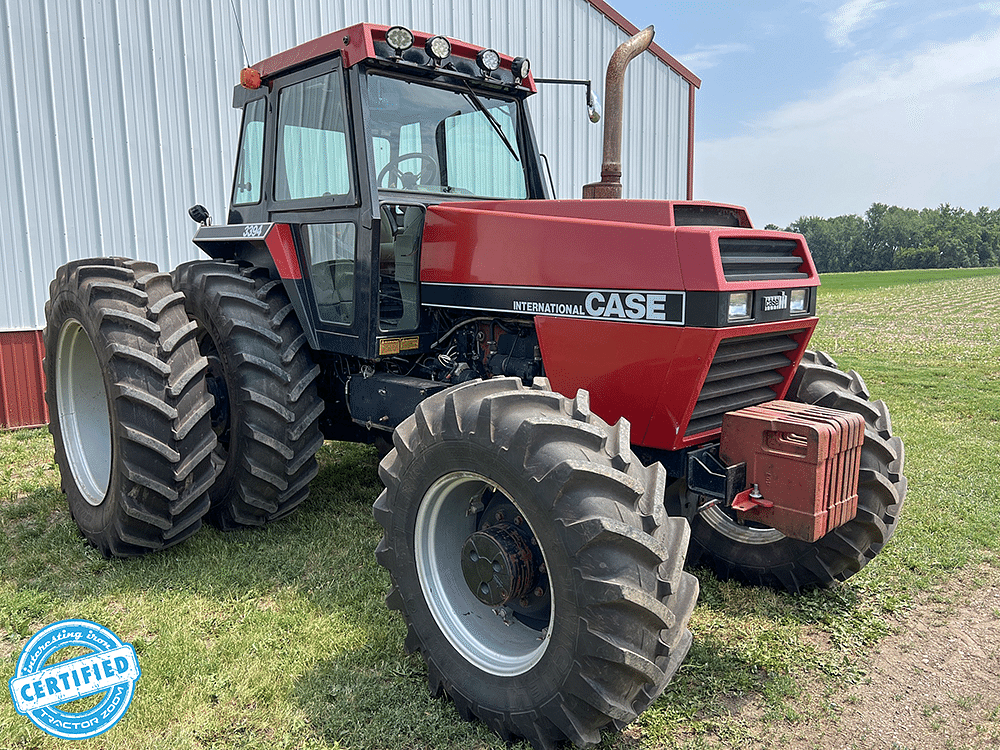
Tractors that nobody wanted…
In hindsight, choosing to sell the 3394 and 3594 probably wasn’t the greatest move. Personally, I think it was a political thing. The tension between Case and IH employees was palpable, with a hardcore “us vs. them” vibe going on. Sure, IH had a more refined technology stack, but Case held the purse strings. I think management chose to sell the Case lineup to help keep the peace while they prepped the Magnum.
At the end of the day, though, I think the strategy backfired – on both sides. The Case loyalists felt like that red paint betrayed their brand’s roots, even though it was all J.I. Case underneath. The IH purists were firmly convinced that a tractor from Racine wasn’t worthy of the red paint. In both cases, they felt slighted, and nobody was happy with the outcome.
The Case IH 3394 and its bigger brother were truly tractors that it seemed like nobody wanted.
The Saving Grace: The “Fire Sale” of 1986-87
Despite the fact that Case & IH loyalists didn’t like these tractors, they actually sold reasonably well. See, by 1986, Case IH their sights set on the Magnum’s launch, and they wanted those old models off the dealer lots – quick. So, they authorized some pretty big discounts. I think most of those tractors (which stickered around $70K) sold for less than half of that. If I had to guess, the only farmers who paid anything close to retail price for a Case IH 3394 were the ones who bought in 1985.
Timing played its part too – tough economic times or not, sometimes you have to upgrade equipment, period. For farmers caught in that bind, it was a lot easier to bite a $30K bullet for a new 180-horse 4WD tractor than the alternatives – even if they weren’t head over heels for the tractor. Farming is about making tough calls, you know?
So how’d they do in the field?
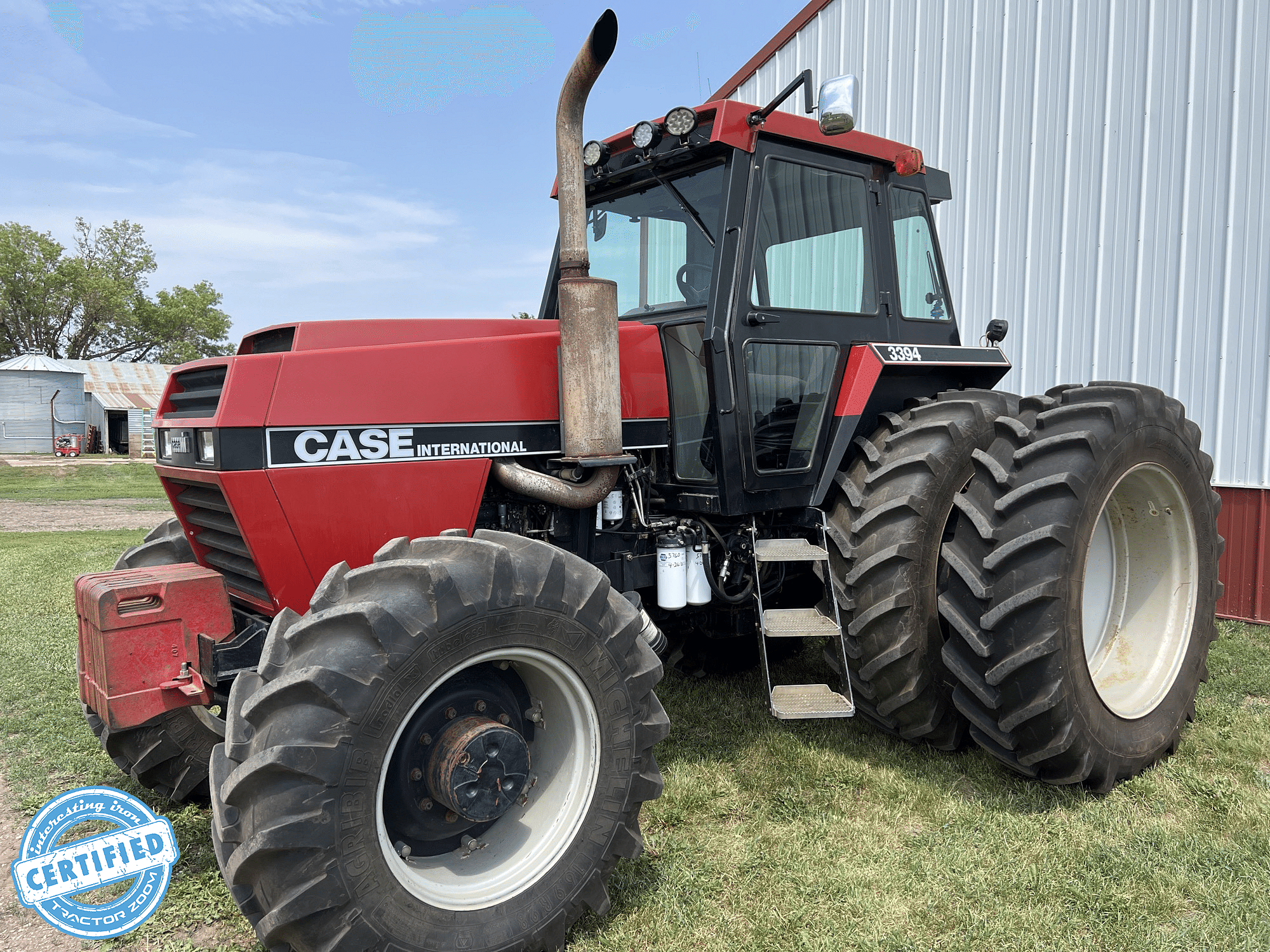
When the 3294 came out as a rigid-frame full-time 4WD, it was kind of an eleventh-hour deal. Farmers wanted a smaller package with 4WD capability, and Case scrambled to meet the demand with minimal investment. Minimal investment usually means trade-offs, and this tractor had a couple of fairly major ones. Since you couldn’t turn off the 4WD, sharp turns were a no-go, and the front tires paid the price on the road. Not to mention, the 3294 only had one transmission option; a 12-speed small-frame powershift that had a nasty habit of eating itself!
The 33- and 3594s were a step up, no doubt. They were equipped with large-frame powershifts (12-speed, or an optional 24-speed) featuring a different design. It improved things, but in reality, the transmissions were still the weakest link, causing countless headaches and failures.
Now, that having been said, it wasn’t all bad. There were some good parts about these tractors. The turbocharged 504 ci engine Case stuffed under the hood had been refined multiple times, and it made very good power. Sure, it wasn’t invincible, but it had come a long way from the 504 of yesteryears. Furthermore, when the rowcrop models rolled out of the factory, those engines weren’t set anywhere near the upper limit!
Overall, they were a really mixed bag. They were a stout tractor, but there were parts of them that wouldn’t take abuse. You had to know how to handle them, and you had to drive with some serious purpose. Rookies need not apply!
The one in Larchwood…

To sum it up in one paragraph…this is the proverbial little old lady’s tractor. Only drove it to the grocery store on Saturday and church on Sunday. It’s that kind of tractor. If you’re looking for a Case IH 3394, this is definitely the one to get.
But for those of you who are skeptical, we’ll dig a little deeper.
I knew that history hadn’t been real kind to these machines – and part of it was for good reason. They’re known to be fragile, and they caused their fair share of headaches.
So, I called Jim Blauwet and chatted with him last Friday for a few minutes.
The tractor has been a part of the family’s farming operation since it was bought new. For many years, the family was loyal to red, and this one came from Don Hubbard’s dealership in Rock Rapids in 1986. “Don Hubbard always took such good care of us,” Jim said, “we really liked those guys.”
Livin’ the easy life…
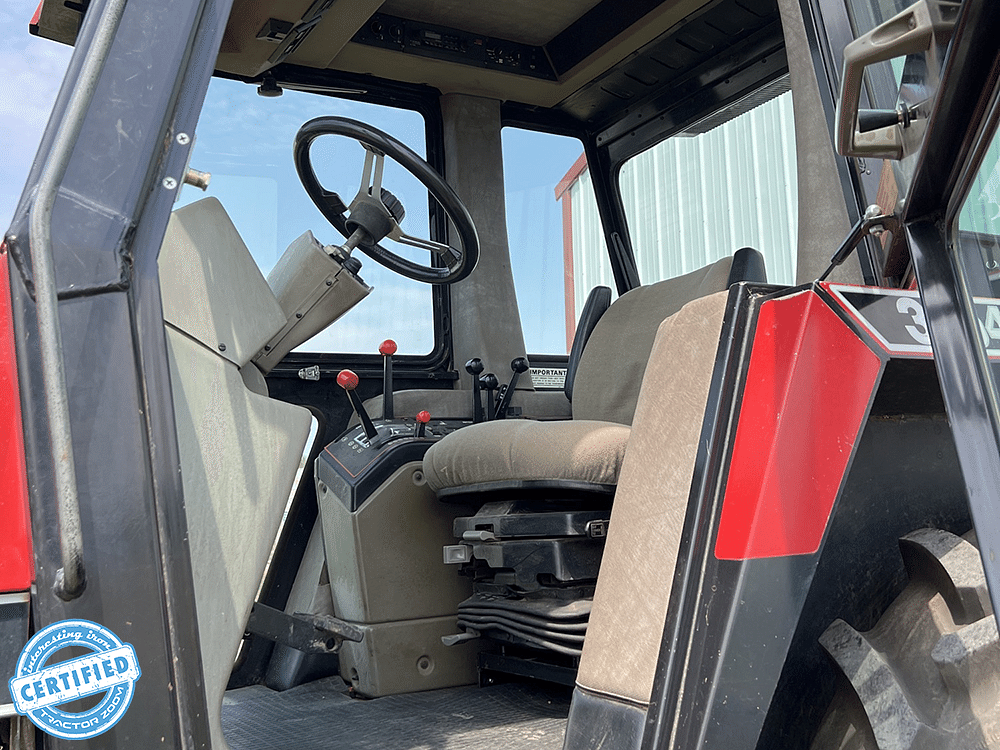
From the sounds of it, the 3394 has led a pretty easy life. Jim did more with cattle than he did with corn and beans. When it was new, it spent some time on a moldboard plow. However, over time, he transitioned to more of a no-till operation. That meant that the tractor got used a bit more sparingly. They’d turn the dirt with it and it would haul gravity wagons in the fall, but that was really about it.
The tach is original and in good working order. It currently reads about 5945 hours – and that is accurate.
Issues/Service History/Upgrades
As far as problems, Jim told me he never really had any issues with it. They always took pretty good care of it, and never really ran it very hard. The motor was overhauled back in 2016, and they put it on the dyno when it was finished. It spun about 170 horse on the PTO shaft, and he saw no reason to change that. He’s put about 250-300 hours on it since then. The transmission was overhauled back in 2020, so it should be good to go as well. The TZ listing shows the itemized receipts for the work performed.
The paint is essentially all original. I say “essentially” because it does have a replacement hood on it from a Case 94-Series. Apparently one time it was parked near the edge of two fields when somebody was fertilizing the neighboring field. The operator had a boneheaded moment and swung way wider than necessary when turning around, and whacked the tractor with the edge of the boom. I got the feeling that it was somebody else’s field, because Jim said he was annoyed when the replacement hood showed up and it was a dealer-resprayed unit from a tractor that was originally Case white. He pushed to have it repainted so the paint would be a better match, but decided that the hill wasn’t worth dying on, and let it go.
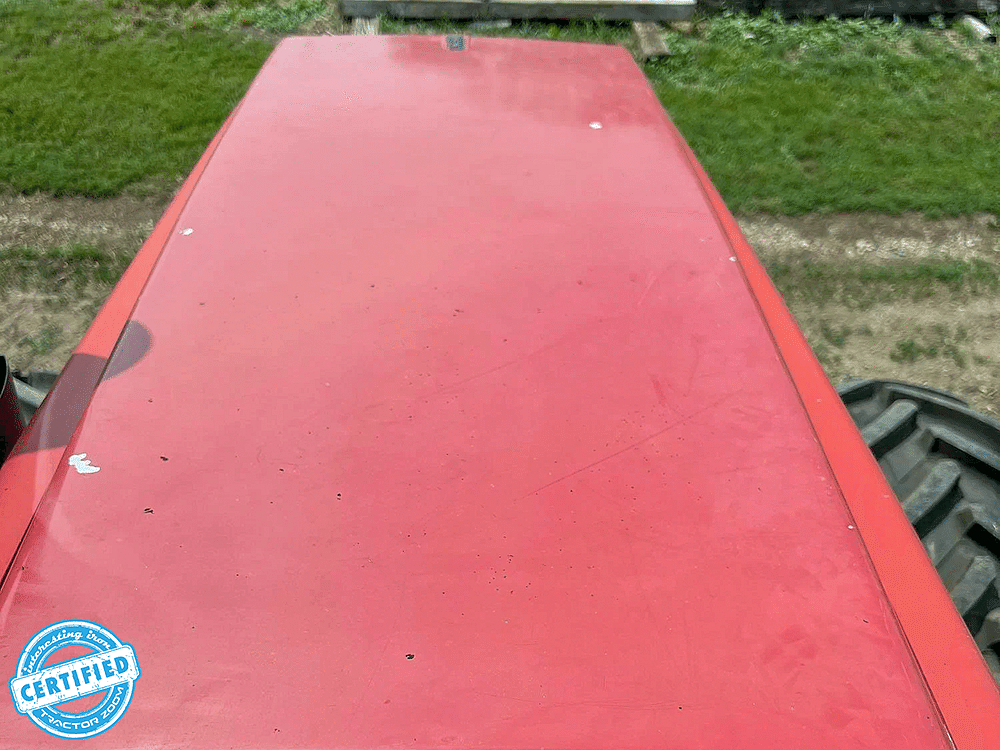
Other than that, and LED lighting on the top of the cab, this is essentially an all-original tractor.
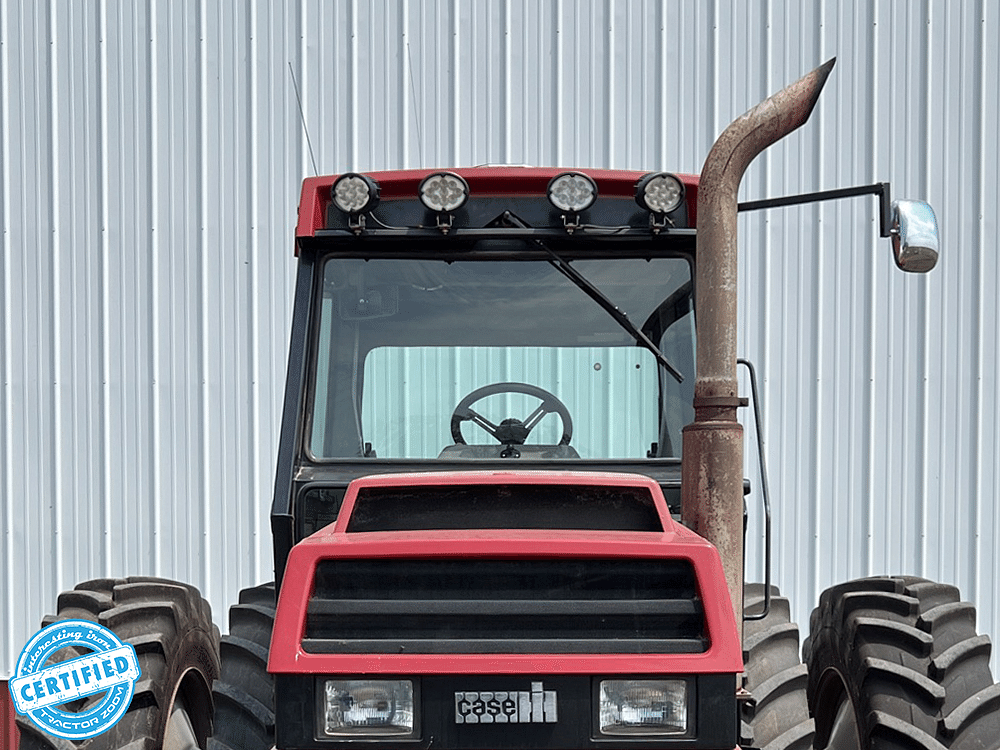
Overall
If there was ever a Case IH 3394 that would be worth looking pretty hard at, it’s this one. It’s a low-houred (almost) all-original tractor that’s been very well cared-for and has the service records to prove it. It’s knee-deep in rubber (at least 90% all the way around), clean, and it’s never been abused because it never had to be. Jim wasn’t a big rowcrop farmer, and he had enough other tractors to balance the workload.
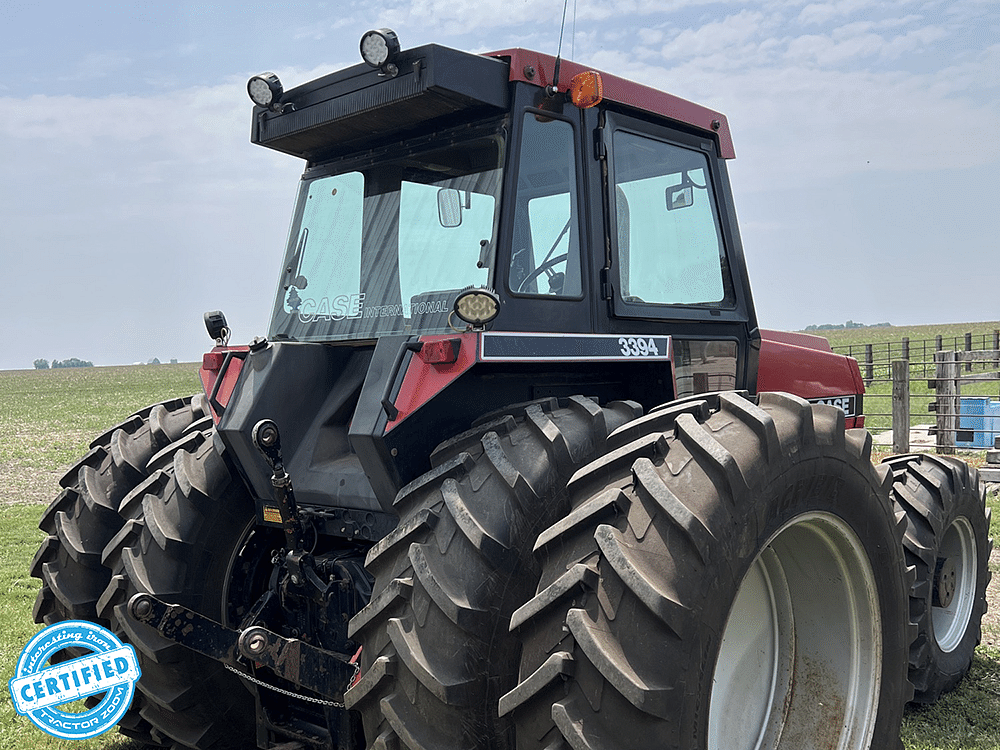
Would I buy this tractor if I were going to use it as a primary machine and put 750 hours a year on it? No, I’d probably try to find a deal on a higher-houred Magnum or John Deere 55-Series. That said, though, I wouldn’t be scared to take it home as a secondary machine. It’s a nice machine, and if the next guy treats it like Jim has, it’ll be a good machine for the foreseeable future!
When Blake Zomer hammers this tractor home next weekend, I’d expect you’ll see it sell in the $30K range.
By the way, Jim’s grandson Jayden Daale deserves a heck of a shoutout for all of his help in getting the equipment ready for the auction. Jim told me, “Whenever he’s not working or training for fall football, he’s always out here with the powerwasher cleaning stuff up with me. He’s been a big help!”
Way to go, kid! You’re makin’ grandpa proud!
Wrapping up…
Like I said earlier, the Case IH 3394 and 3594 managed to annoy a whole bunch of people just because they existed, and another because they felt that they were a mechanical disaster. And at the end of the day, the mechanical disaster aspect is justly deserved. They had issues, and it took a certain amount of skill and care to get the most out of these machines. Frankly, not everybody has that.
Some of that sentiment isn’t fair, though. I mean, I get brand loyalty and all that. I do. But here we are nearly 40 years after the merger, and some of these Case and IH guys are still arguing over this nonsense like it happened two weeks ago. I see it and hear it at every tractor pull I go to, on social media, blah blah blah.
Give it a rest, for cryin’ out loud!
(This is where I get opinionated…)
It’s time to bury the hatchet, folks. Time to realize that without that merger, neither of your beloved brands would exist today – not at all. Case had the financial backing, but didn’t have the technology or products, and at some point, Tenneco would’ve cut bait. IH was struggling to keep the lights on, but they had a great product catalog (and more in the works). How do you guys not see why this merger needed to happen?
Sure, the merging of the companies could’ve been handled better, but it’s always easier to win the game when you’re the Monday morning quarterback…
Next time I hear Case and IH guys getting into it, I swear I’m going to point at the red guys and yell, “Y’all were broke!” Then I’m turning to the Case guys, and yelling, “Y’all didn’t have competitive products!” It won’t make any difference, and they’ll still be arguing a month later, but at least I’ll feel better.
Make it a great week, folks!
Here’s the listing information one more time.

